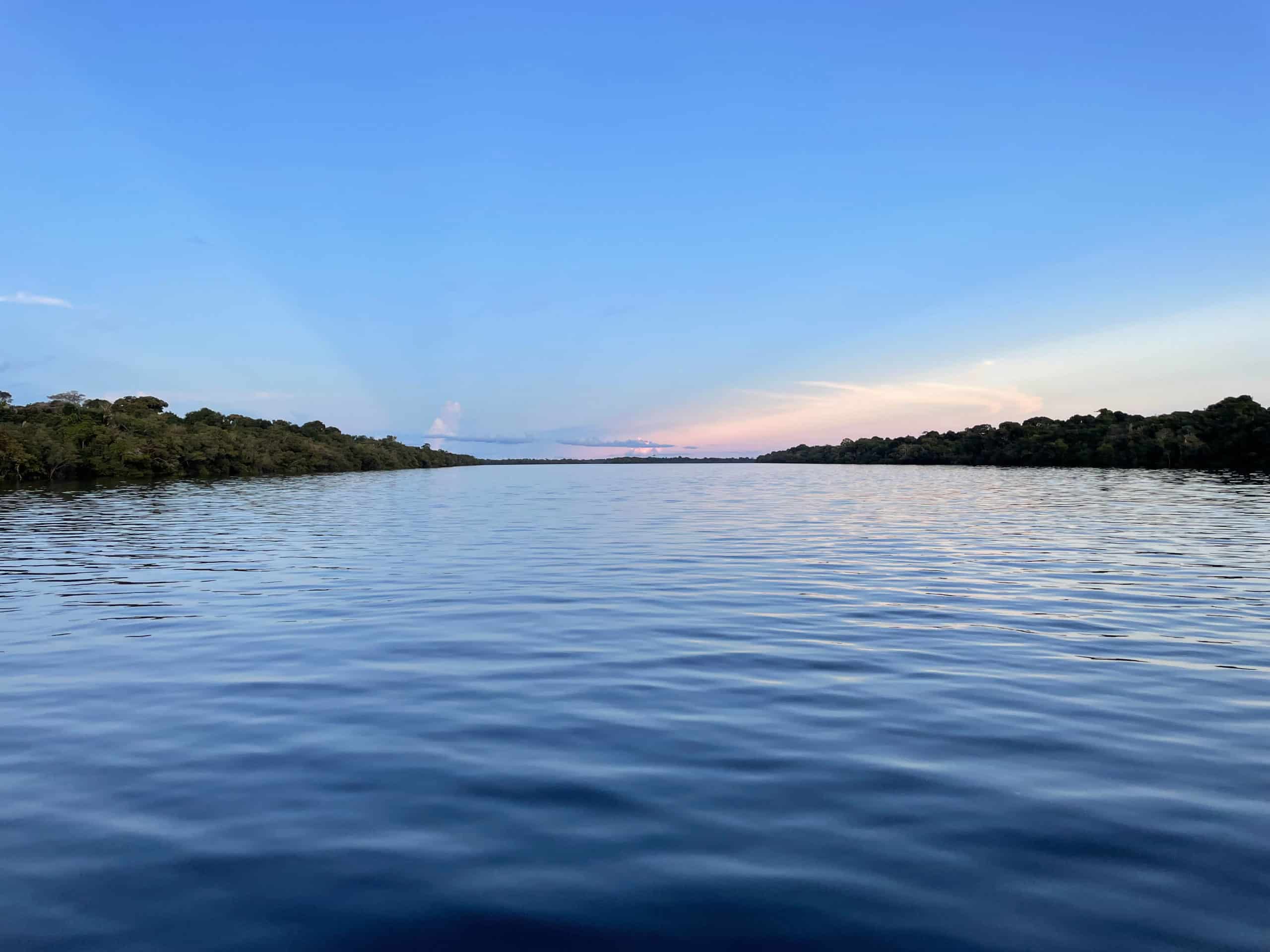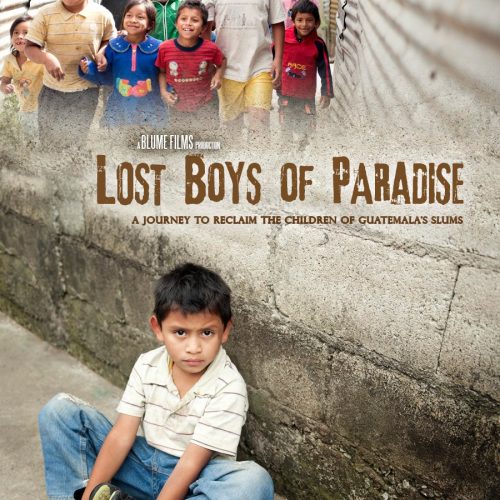Happy Easter from JMI!
Happy Resurrection Sunday! He is risen. He is risen, indeed.
It’s widely assumed and rarely contested that John 3:16 is the most famous of all scripture verses. Long before Tim Tebow and his famous quarterback eye black, there was Vacation Bible School, where countless evangelical children were taught to sing and recite that verse. It defines the reason Christ came, the salvation He affords, and the manner in which it’s received. There is literally nothing more powerful or profitable than receiving God’s love and with it, eternal life, by believing in Christ. But have you read all the context surrounding John 3:16 or is it simply an isolated memory verse for you?
First, it’s found in the late-night inquiry of a leading Pharisee who wanted to know more about Jesus. The conversation they engaged in was quite interesting. Ideas about being “reborn” aside, perhaps the oddest point of reference came just before verse 16. Let’s just say there is a reason we’re not teaching children to sing John 3:14.
“Just as Moses lifted up the snake in the wilderness, so the Son of Man must be lifted up”
-John 3:14
There’s likely not a stranger correlation than Jesus on the cross and Moses’ snake on a pole, but since Christ himself was the one who made it, it’s worth some attention. The reference dates back to the book of Numbers and is one of Israel’s many instances of grumbling post-Egypt. Wandering around the wilderness and forced to take yet another detour, Israel griped about the journey and their food and water rations. God’s response was to send fiery serpents into the camp to venomously clean house. So goes the cycle: Israel repented, Moses prayed, and God responded. The Lord instructed Moses to erect a bronze serpent and place it on a pole. If an Israelite was bitten and looked at the pole, he or she could live.
Did you catch that? All they had to do was look. Any sort of common sense or medical insight would have assumed much more expansive action. Is sucking the venom out of a snake bite really a thing? Note to self: Google that later. The fact that what any dying Israelite would need to do is look at the ceremonial pole in order to be healed may be our greatest connection to Christ on a cross.
Have you heard the expression, “Seeing is believing?” There may be any number of etymological roots but one could certainly be that of Thomas being invited to touch the actual nail scars of Jesus. For the doubting disciple, physically seeing was what it took. Jesus went on to reply, “Blessed are those who have not seen and yet have believed.”
That’s the camp we find ourselves in at Easter. We weren’t there when the Centurion who witnessed the way Christ died attested to who Jesus truly was. We weren’t among the women who were last to leave the cross or first to attend the empty tomb. But by the power of God’s Word and the evidence of God’s Son and the work of God’s Spirit, we who can’t see are still invited to believe.
Perhaps the reverse is true, on Easter more than ever. Seeing may be believing…but believing may also be seeing. Today is a day to declare belief in Jesus. And what is true about the snake-bitten Israelites in Numbers 21 is true of us today. When we believe, we’ll see. We can see healing. We can see hope. We can see wholeness. We can see tomorrow and we can see God’s plan and direction for our lives. Easter Sunday is about an empty tomb. What the women went looking for wasn’t there. He was risen, “just as he told them he would.” They believed it and they saw Him. That is our story too. When we believe, the veil is torn, the scales are removed, our eyes are opened and we can see. When we believe, we see, and just like in Numbers, when we see, we are spared. Look to the cross today. Look at the sacrifice of Christ and the victory of the empty tomb. Believe. See. Rejoice.





 304 44th Ave. N
304 44th Ave. N